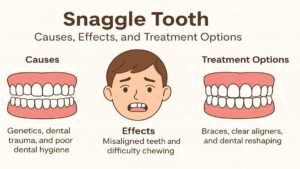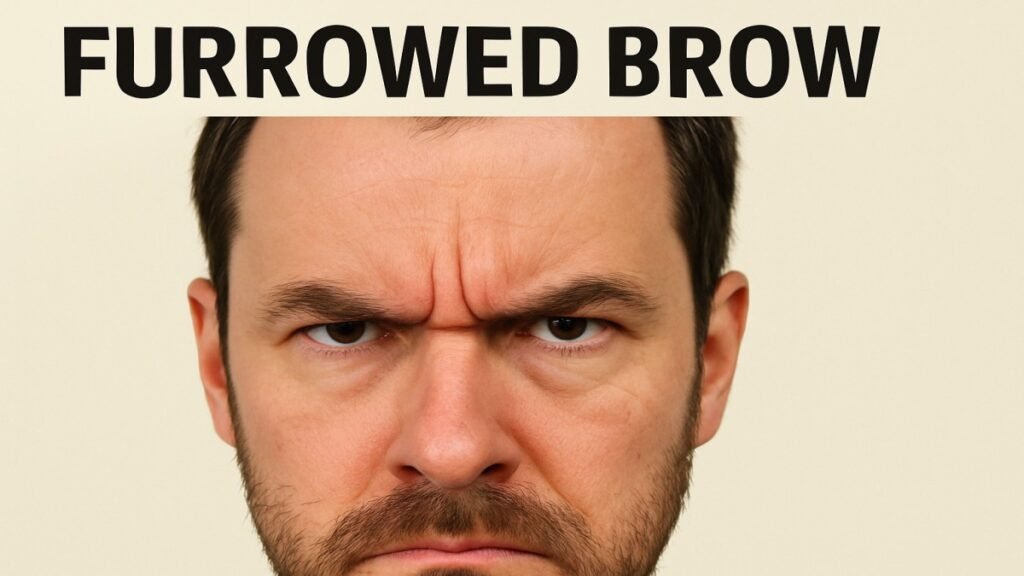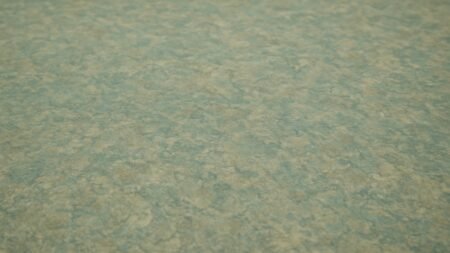Introduction
Ever caught your reflection and noticed your eyebrows drawn tightly together? That’s a furrowed brow — a common, often unconscious expression that many of us wear during moments of tension, focus, or frustration. But this small facial gesture speaks volumes about your emotions and even your health. Let’s dive into the world behind the furrowed brow to understand what causes it and how you can manage it.
Anatomy of the Brow
The Muscles Involved
Your brow isn’t just skin deep. It’s a playground of tiny muscles that respond instantly to your emotions or stimuli. The main culprit? The corrugator supercilii, a muscle nestled just above the eye.
How Tension Forms
When you’re concentrating hard or feeling pressure, your brain signals the facial muscles to contract. This repeated motion leads to creases between the brows — the classic furrowed look.
Corrugator Supercilii Muscle’s Role
Think of it as the muscle of concern. Constant activation of the corrugator supercilii gives you that “permanent frown,” which can become visible even when you’re relaxed.
Emotional and Psychological Causes
Stress and Anxiety
Life throws curveballs, and your face often catches them first. Stress and anxiety are top contributors to a furrowed brow. It’s your body’s way of showing inner turmoil without saying a word.
Concentration and Confusion
Ever squint at a spreadsheet or puzzle over a decision? That mental effort often triggers brow tension. It’s a physical sign that your brain is working overtime.
Anger and Frustration
Negative emotions don’t stay hidden. When you’re angry or frustrated, your brow furrows automatically — a natural response deeply embedded in human expression.
Physical and Medical Reasons
Vision Problems
Straining to read, especially without proper lenses, can lead to a furrowed brow. It’s your face’s way of compensating for what your eyes can’t handle alone.
Chronic Headaches or Migraines
Recurring headaches often bring along tension in the forehead, which can deepen brow lines over time.
Facial Muscle Fatigue
Just like other muscles in your body, facial muscles get tired. Long hours of screen time or emotional expressions can fatigue these muscles, causing tension and furrows.
Cultural and Social Perceptions
How a Furrowed Brow is Interpreted
In many cultures, a furrowed brow suggests anger, confusion, or seriousness. It can be misinterpreted during conversations, especially if someone is naturally expressive.
Non-Verbal Communication and Misunderstandings
Because it’s so expressive, a furrowed brow can unintentionally signal disapproval or impatience, even if that’s not what you mean. It’s a silent language that speaks loud.
Effects on Appearance and Aging
Wrinkles and Fine Lines
Over time, repeated furrowing etches lines between the eyebrows, often called “11s.” These vertical wrinkles are among the first signs of aging for many.
Long-Term Facial Tension
Keeping your brow muscles tight without even knowing it leads to permanent changes in your appearance — not just wrinkles, but even changes in muscle tone.
Premature Aging Signs
A constantly furrowed brow can make you look older than you are, creating a tired, worn-out facial expression that lingers even when you’re happy.
Managing and Reducing a Furrowed Brow
Mindfulness and Relaxation
Awareness is your first defense. Notice when you’re tensing up and take a deep breath. Practicing mindfulness or meditation helps relax those facial muscles.
Facial Exercises
Yes, facial yoga is a thing! Simple brow stretches and massage movements can help tone and relax the muscles that cause brow furrows.
Medical and Cosmetic Options
For deeper creases, treatments like Botox can offer temporary relief by relaxing the muscles. Dermal fillers and laser therapies also help smooth the skin’s surface.
Conclusion
The furrowed brow might seem like a minor detail, but it reflects a powerful combination of emotion, health, and behavior. Understanding what causes it — and how to manage or even reverse it — can lead not just to smoother skin, but also a calmer mind and clearer communication. So next time you feel that frown forming, pause and breathe. Your face — and your mood — will thank you.
FAQs
1. What does a furrowed brow symbolize?
A furrowed brow typically indicates concern, confusion, anger, or concentration. It’s a natural expression that conveys emotional or cognitive effort.
2. Can facial exercises really reduce brow wrinkles?
Yes, consistent facial exercises can tone muscles, improve blood flow, and reduce the appearance of wrinkles.
3. Is Botox effective for a furrowed brow?
Botox is one of the most popular treatments for relaxing the brow muscles and smoothing out frown lines.
4. Are there natural ways to prevent a furrowed brow?
Yes — mindfulness, regular hydration, facial massages, and limiting stress all help prevent furrow formation naturally.
5. When should I worry about chronic brow tension?
If brow tension is persistent or accompanied by pain, blurred vision, or other symptoms, it’s best to consult a healthcare provider.








